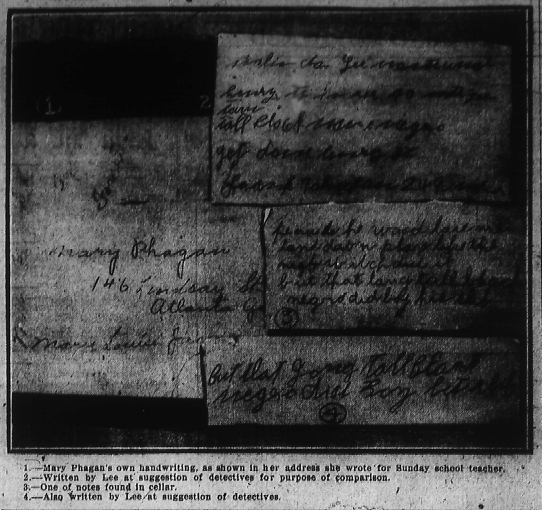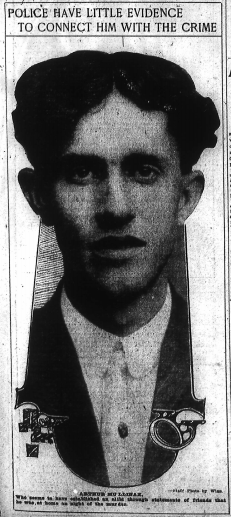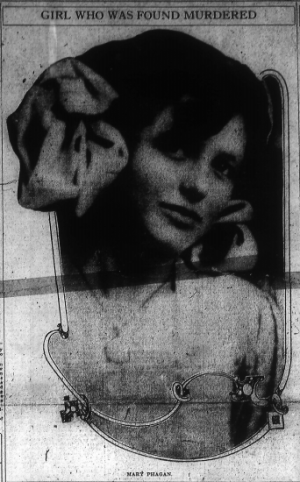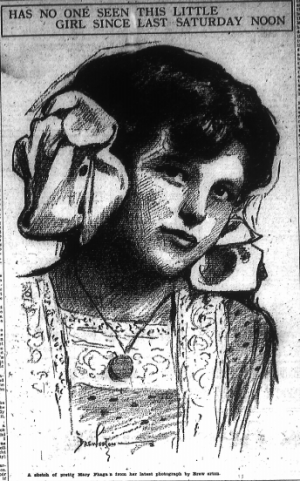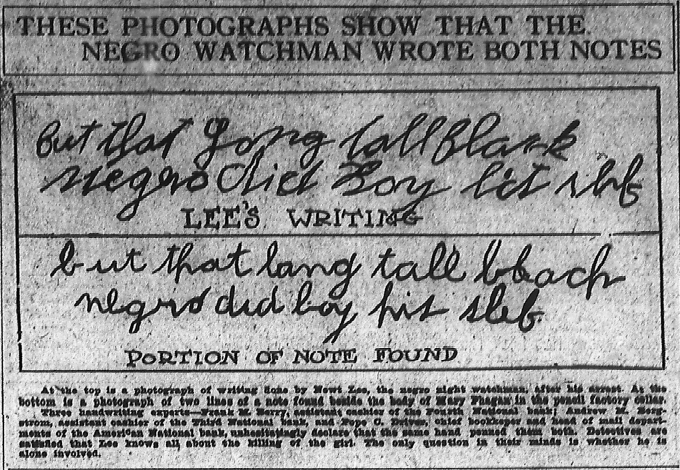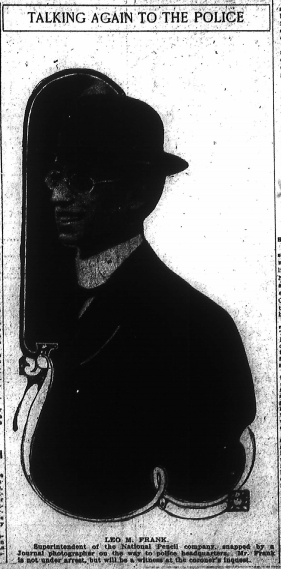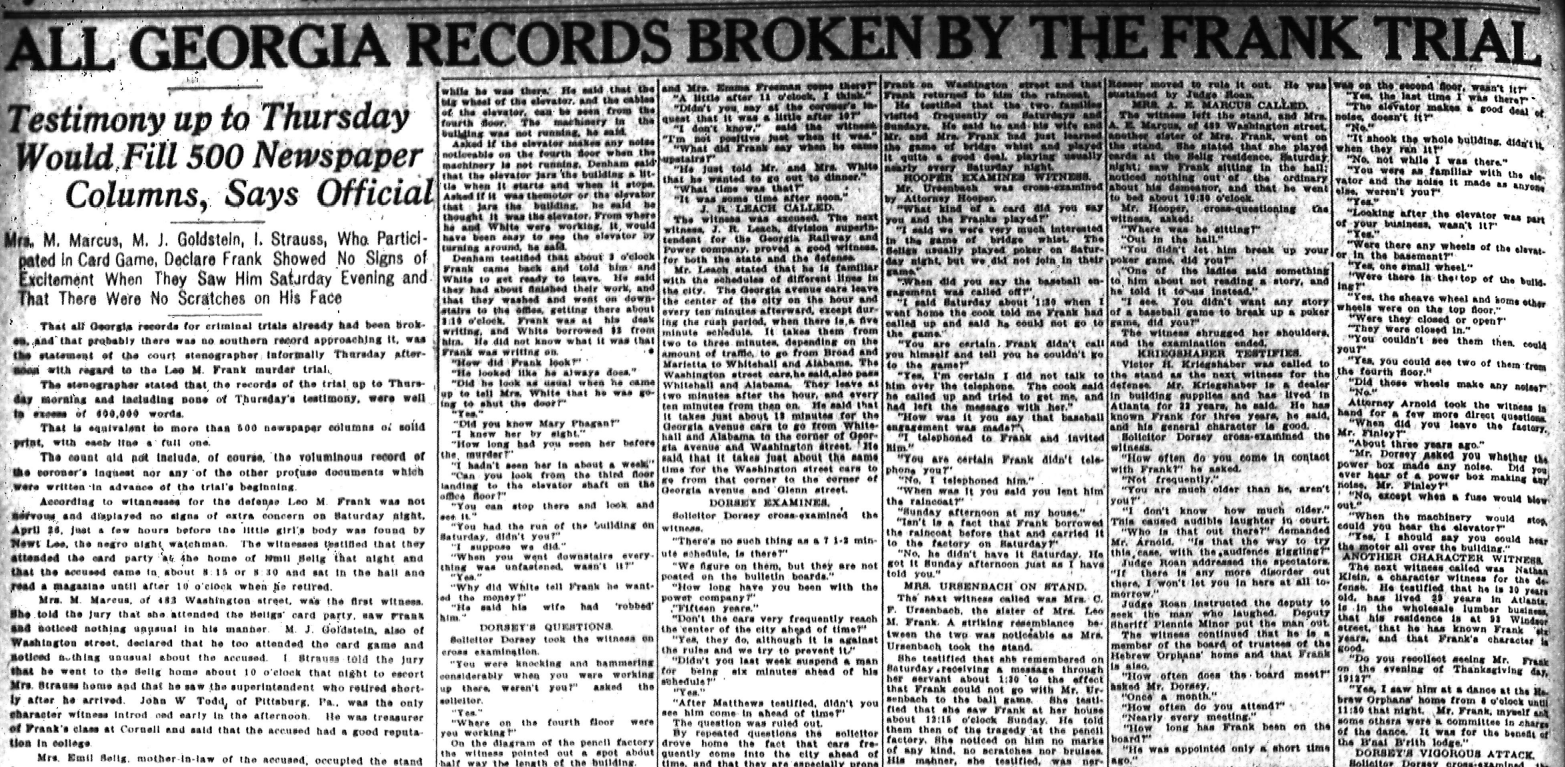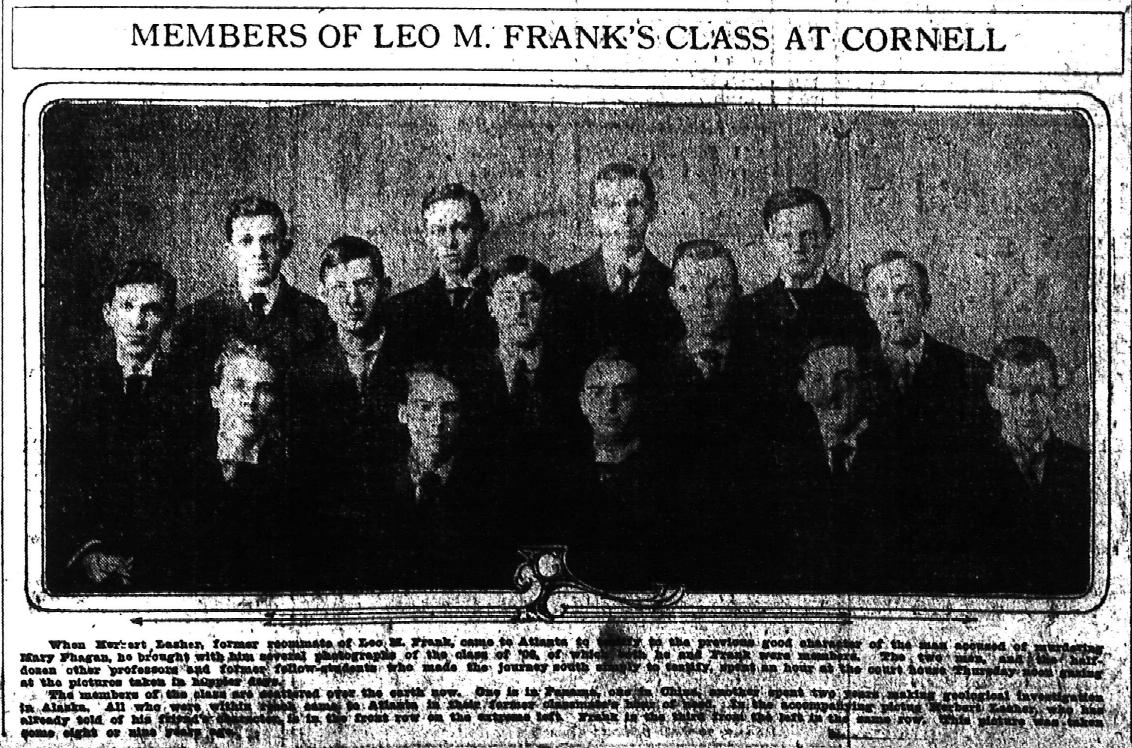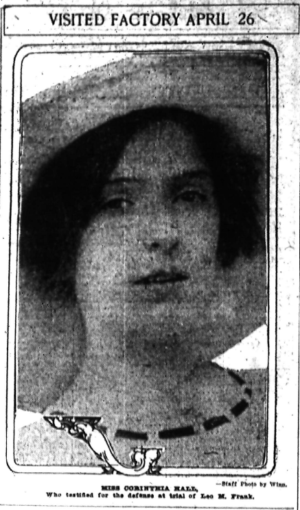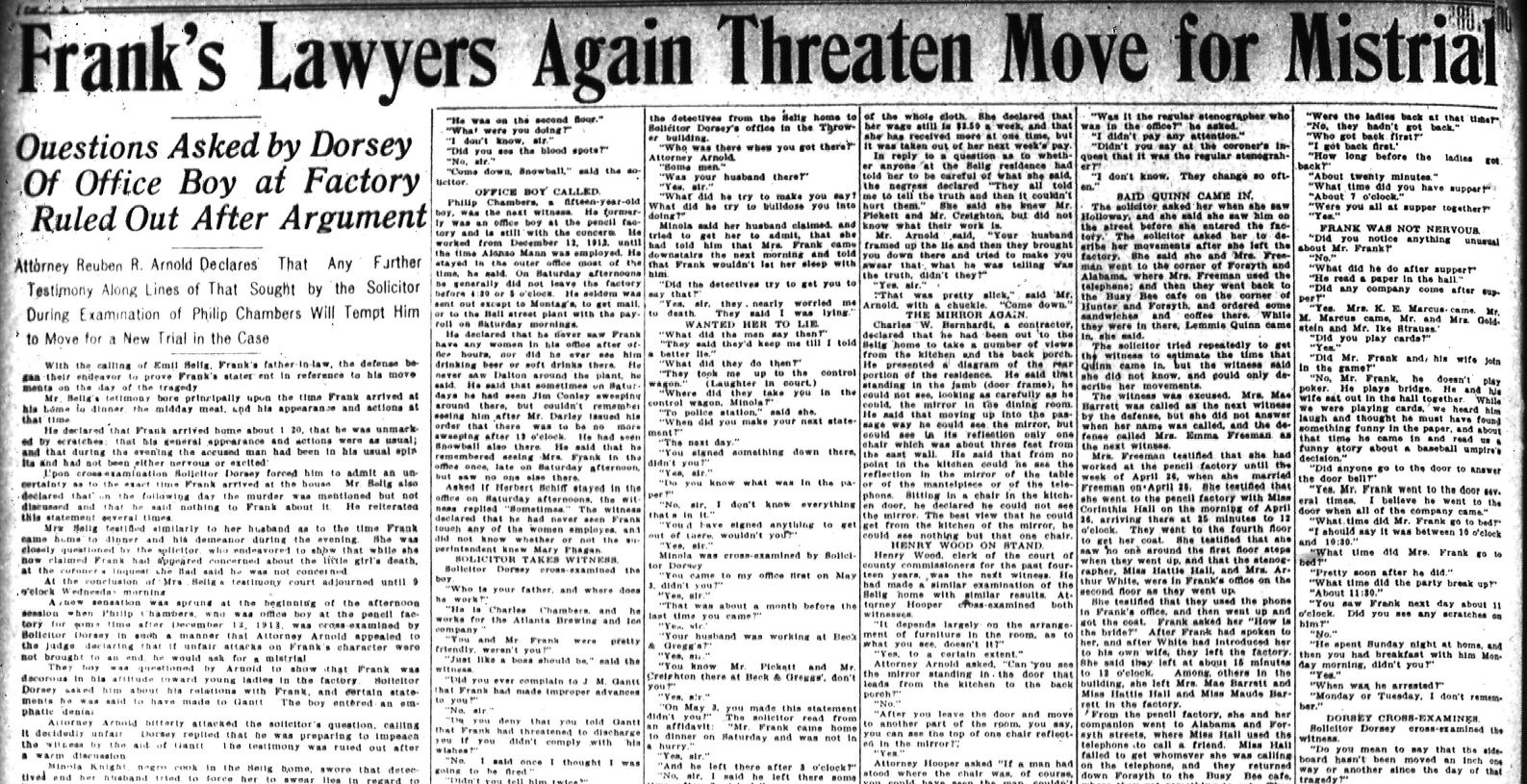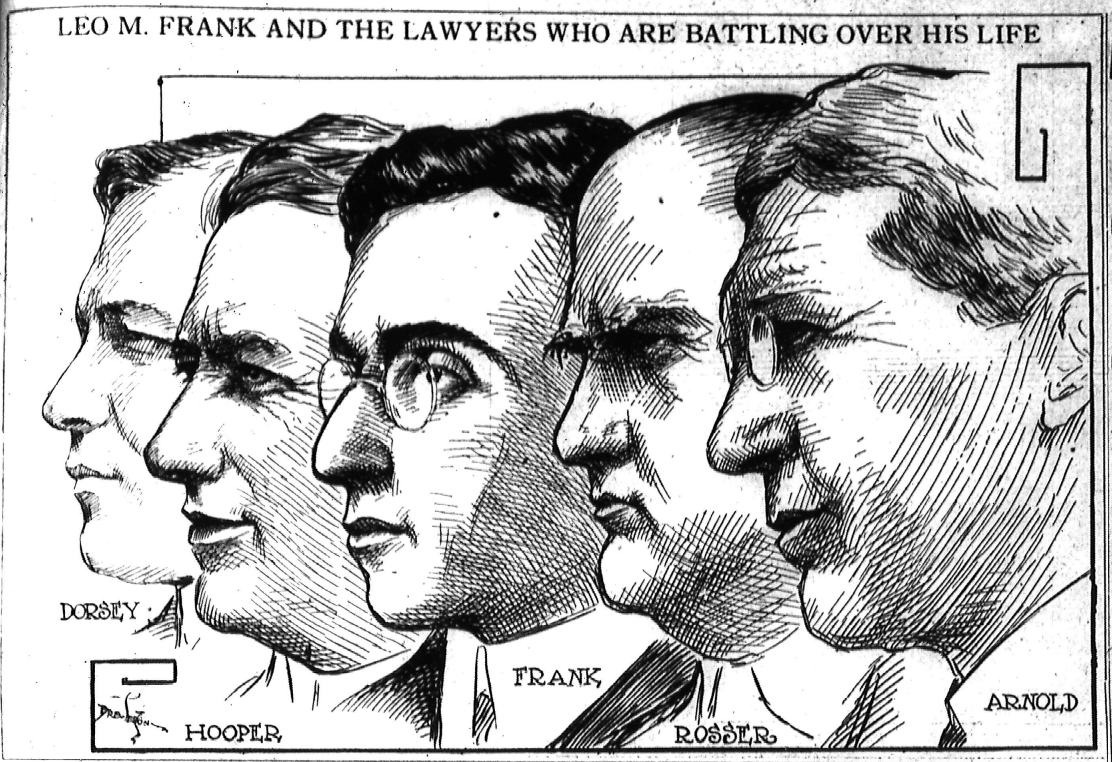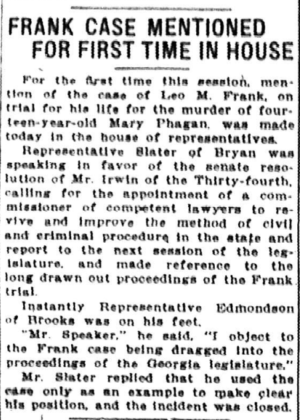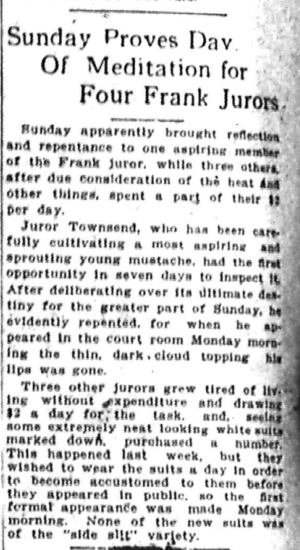Another in our series of new transcriptions of contemporary articles on the Leo Frank case.
Atlanta Journal
Monday April 28th, 1913
Will Meet Again Wednesday Morning When Witnesses Will Be Examined—Five Hundred People Present When Inquest Was Begun
For an hour Monday morning a jury empaneled by Coroner Paul Donahue [sic] groped through dark basement passageways and first floor rooms in the factory of the National Pencil company hunting for evidence that would aid them in reaching a verdict as to who murdered pretty Mary Phagan. At the end of their hunt the body adjourned. They will meet again Wednesday morning at 9 o’clock to continue their investigation.
Many witnesses who can throw a light on the actual crime, the actions of the dead girl or of the suspects under arrest will be examined then. It is probable, also, that the prisoners now held in jail also will testify.
The jury met at P. J. Bloomfield’s undertaking chapel, 84 South Pryor street, shortly after 10 o’clock. It was composed of these: J. C. Hood, Clarence Langford, Glenn Dewberry, Homer C. Ashford, John Miller and C. Y. Sheets. Mr. Ashford was foreman.
The first official act of the jury was to view the remains of the 14-year-old girl. Behind closed doors the coroner’s talesmen inspected the fatal wounds and bruises on the girl’s body.
No witnesses were called. One or two who had been told by the police to be present when excused and told to report again Wednesday morning. They and many others probably will be heard at that time. Continue Reading →


